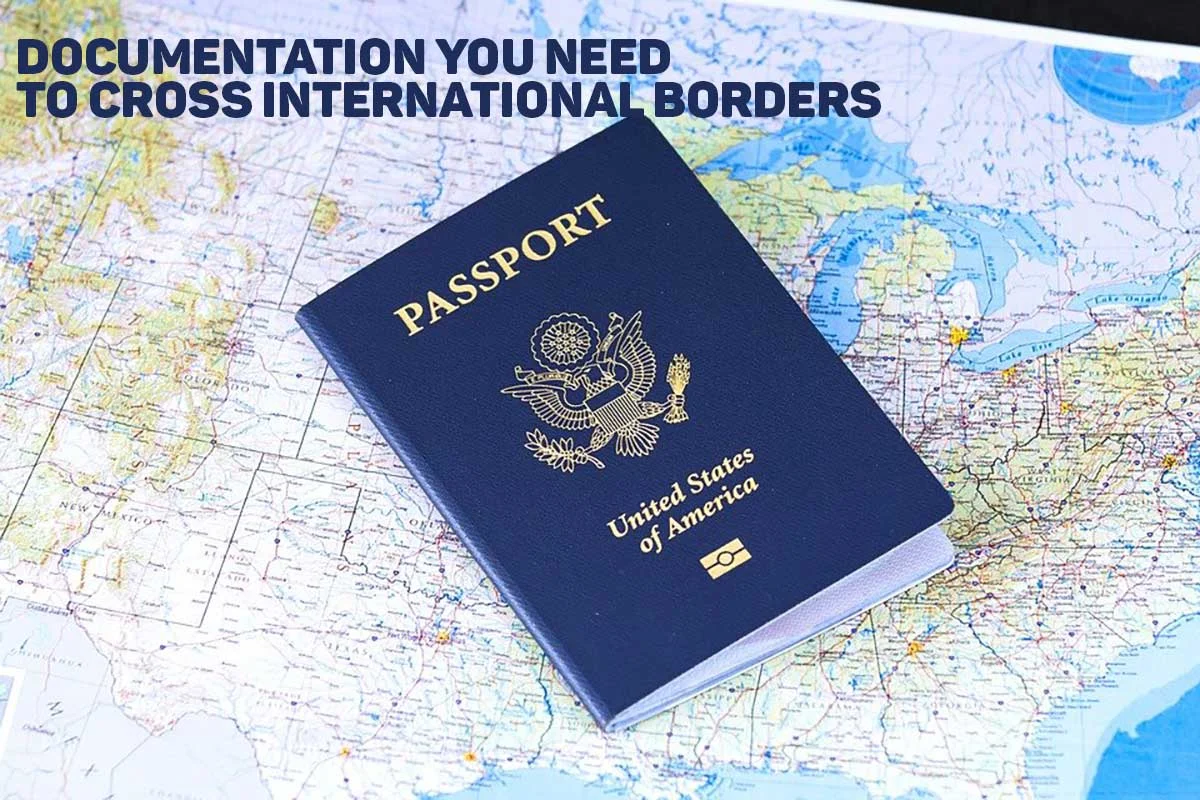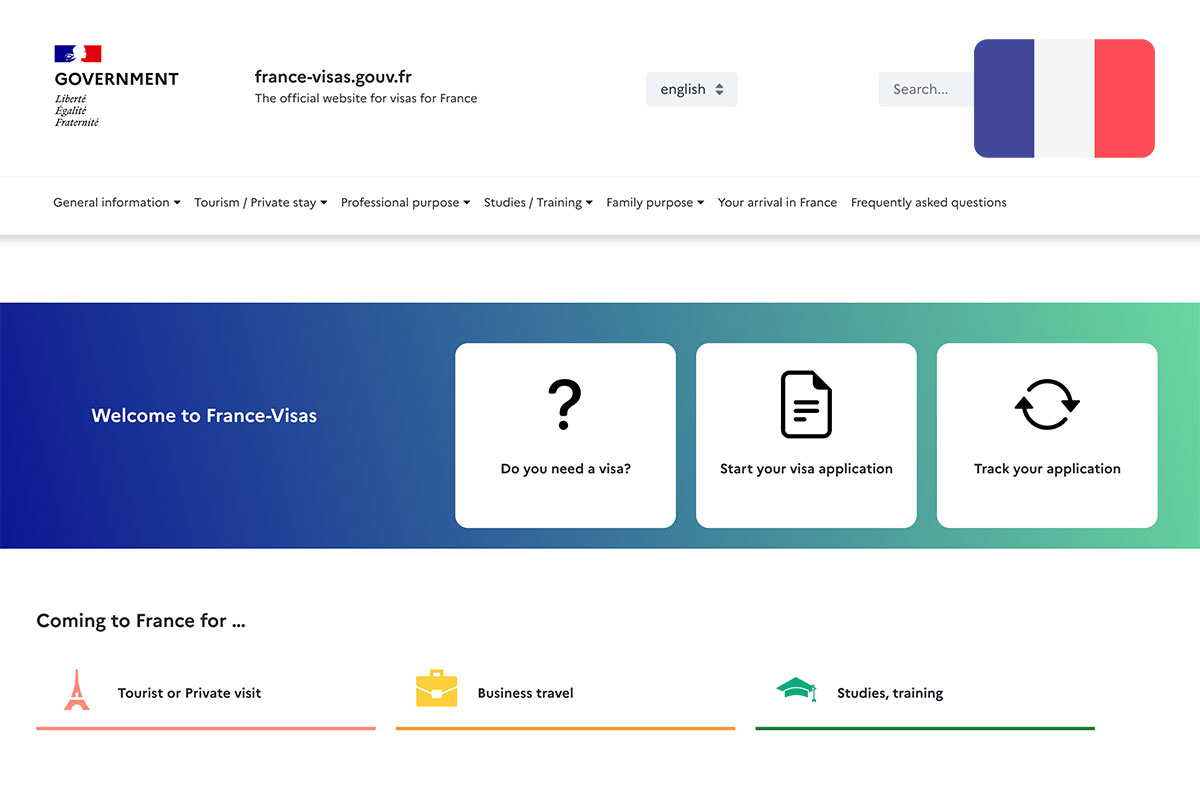The Mexico-USA border is one of the busiest in the world. Each month, hundreds of thousands of people cross it legally. Navigating customs and immigration procedures can be challenging without proper preparation. In this guide we will discuss in detail customs process at the Mexico USA border. It outlines the documentation needed, customs procedures, allowed and prohibited items, and more for travellers going in both directions. Knowing these requirements before your trip will help you cross the border easily. This applies whether you’re going south to Mexico or north to the United States.
Table of Contents
Documentation Requirements for USA to Mexico Border Crossings
Required Documents for US Citizens and Other Foreigners
When crossing into Mexico from the United States by land, foreign nationals, including US citizens, must have important documents ready for inspection. First and foremost, a valid passport is required, which must remain valid for the entire duration of your stay in Mexico5. For foreign nationals who are not US citizens, the passport validity must be at least three months from the date of entry into Mexico5.
In addition to a passport, foreigners must also complete and present the Multiple Immigration Form, commonly known as a tourist card or tourist permit5. This document is essential for legally entering Mexico and must be kept with you throughout your stay. You will also need to show proof of your return ticket, demonstrating your intention to leave Mexico5. It’s also recommended that travelers carry printed confirmation of their accommodations or lodging arrangements in Mexico5.
As of recent requirements, Mexico has implemented an electronic precheck system that must be completed prior to arrival. Once you finish the precheck with your personal and immigration info, you’ll get a QR code and the FFM form by email. Save both and show them when you arrive at the border.
Special Requirements for Mexican Nationals
Mexican citizens returning to Mexico have different documentation requirements. They must present a valid and original photo identification document, which can include a valid IFE/INE (voter ID card), passport, professional license, IMSS or ISSSTE card (social security ID), INAPAM card (for senior citizens), driving license, or Mexican military service card5. It’s important to note that photocopied or digital versions of these documents are not accepted; travelers must present the original physical documents5.
Documentation for Minors
Children and minors crossing into Mexico have specific documentation requirements. They may present any of the following: birth certificate, CURP (Unique Population Registry Code), original valid passport, or ID cards issued by government health institutions such as IMSS, ISSSTE, or ISSEMYM5. As with adult documentation, photocopied and digital documents are not accepted for minors5. Parents traveling with children should be prepared to show proof of relationship to the minor, especially if the child has a different last name.
Documentation Requirements for Mexico to USA Border Crossings
Required Documents for US Citizens
US citizens coming back from Mexico need the right documents to prove their citizenship and identity. The best and most recommended document is a valid US passport book. It is widely accepted and offers top security and convenience. However, several alternative documents are acceptable for land border crossings, including a passport card, Enhanced Driver’s License, Enhanced Tribal Card, or trusted traveler cards such as SENTRI or Global Entry2.
For US citizen children ages 16 and under arriving by land from Mexico, the requirements are somewhat relaxed.
Minors can show one of the following:
- An original or copy of their birth certificate from the Vital Records Department in their birth state.
- A Consular Report of Birth Abroad.
- A Naturalization Certificate.
For newborns waiting on their official birth certificate, US Customs and Border Protection (CBP) will accept a hospital-issued one.
Requirements for Non-US Citizens
All non-US citizens crossing the US-Mexico land border must fill out Form I-94 (Arrival/Departure Record). They also need to go through the US-VISIT program. This process involves biometric identification. It collects digital fingerprints and photographs at the secondary inspection area. These requirements are part of the Department of Homeland Security’s efforts to establish and verify travelers’ identities when visiting the United States1.
Mexican citizens have special provisions when using a Border Crossing Card. If they travel in the border zone and stay under 30 days, they usually won’t face US-VISIT procedures. This is unless the immigration official asks for a secondary inspection. However, if Mexican citizens plan to travel outside the designated border zone or stay more than 30 days, they must complete Form I-94 and be processed through US-VISIT1.
It’s worth noting that certain groups are exempt from the biometric collection requirements of US-VISIT, including children younger than 14 and adults older than 79 years of age1.
Customs Processes and Procedures
The US-VISIT Program
The US-VISIT (United States Visitor and Immigrant Status Indicator Technology) program is a key component of the Department of Homeland Security’s border security measures. At the US-Mexico land border, this program establishes and verifies travelers’ identities through digital fingerprinting and photography1. For most foreign nationals, this process occurs during a secondary inspection after the initial check of documents1.
Some expedited entry programs can modify these procedures. For example, Mexican citizens who participate in SENTRI (Secured Electronic Network for Traveler’s Rapid Inspection) or FAST (Free and Secure Trade) programs will not be enrolled in US-VISIT until they need to re-register as part of routine processing to renew their multiple-entry Form I-941. These trusted traveler programs are designed to facilitate faster border crossings for pre-approved, low-risk travelers.
Declaring Items and Duty Exemptions
When entering the United States, travelers must declare all items acquired outside the US to customs officials. This includes purchases, gifts, inherited items, duty-free merchandise, repaired or altered items, items purchased for others, and items for resale or business use2. It’s advisable to keep receipts for all purchases to substantiate their value if questioned by customs officials.
The current duty-free personal exemption for US residents returning from Mexico is $800 per person, provided the items are in your possession2. For any amount exceeding this $800 limit, appropriate duty will be assessed. Families have the advantage of being able to file a joint declaration, effectively combining their individual exemptions. For example, two people traveling together may bring back a total of $1,600 worth of goods, which allows for uneven distribution among family members (such as one person bringing $1,000 worth and the other $600)2. Items mailed to the US from Mexico have a separate exemption of up to $2002.
Mexican Customs Procedures
For commercial shipments to Mexico, you need the Customs Declaration Form for customs clearance. This document is called the “Pedimento de Importación.” This document must be accompanied by a commercial invoice in Spanish, a bill of lading, and potentially additional documentation demonstrating compliance with Mexican product safety and performance regulations6.
Mexican customs regulations are particularly strict and require total compliance with all requirements. All commercial imports to Mexico can be checked by an approved Mexican customs broker. This applies to both temporary and permanent imports. For regular travelers, the process is simpler but still requires adherence to rules regarding allowed and prohibited items.
Allowed and Prohibited Items
Items You Can Bring into Mexico
Mexico allows visitors to bring a variety of personal items duty-free.
These include:
- Baby gear: strollers, car seats, and cribs
- Electronic devices: cameras, cellphones, laptops, and portable printers
- Camping and sports equipment
- Musical instruments
- Hand tools
- Binoculars and telescopes
- Entertainment media: DVDs and CDs
- Toys: video game consoles
Adults aged 18 and over can bring some tobacco products and alcohol. They may carry up to ten packs of cigarettes, twenty-five cigars, or two hundred grams of tobacco. For alcohol, they can bring three litres of spirits and six litres of wine. You can bring medical devices like blood pressure monitors and glucose monitors. Prescribed medications are also allowed, but they need a prescription that includes the physician’s ID number.
Mexico permits the entry of certain food items. These include smoking tobacco, honey, dried or preserved fruits and vegetables, herbs, spices, coffee, and well-packaged dry cooked foods. Refrigerated, frozen, or vacuum-packed milk and cheese from the United States or Canada are permitted, provided they are in their original packaging with proper labeling (including USDA labels where applicable)7.
Items Restricted or Prohibited in Mexico
Mexico restricts or prohibits certain items to prevent the introduction of pests or diseases. Restricted items include seeds, seedlings, fresh plants, fruits, vegetables, flowers, cereals, and some dairy products. Their import may depend on origin and manufacturing, so special requirements apply. Travelers should be especially careful with items such as trail mix and granola bars that often contain seeds7.
Completely prohibited items include homemade food items, fresh/dried/frozen pork, fresh/refrigerated/frozen poultry, and fresh/refrigerated/frozen beef7. These items present a higher risk of introducing disease or pests and are not allowed under any circumstances.
Border Crossing Statistics and Facts
Current Border Crossing Data
The US-Mexico border is one of the busiest international boundaries in the world. Recent data from December 2023 shows that US Customs and Border Protection encountered 302,034 people at the US-Mexico border. This includes 249,785 people caught by Border Patrol outside official entry points. This likely sets a new monthly record and is the highest number since October 1994.
At the official border crossings, CBP’s Office of Field Operations met 52,249 migrants. This was a record, though just by a small margin. Of these encounters at official ports of entry, approximately 45,770 (88% or about 1,476 per day) had made appointments using the CBP One smartphone app4.
Commercial Shipping Information
The US-Mexico trade relationship is major. More than $600 billion in goods like automotive, machinery, electronics, consumer products, and medical instruments cross the border every year. Approximately 83% of this cross-border freight is transported via truckload8. Nearly 35,000 trucks cross the Mexico-US border every day, highlighting the significance of this trade corridor8.
For businesses engaged in cross-border shipping, the process is more complex than domestic truckload shipping and typically requires the services of a customs broker to navigate regulatory requirements8. The volume and value of goods moving across this border underscores its importance to both nations’ economies.
Tips for a Smooth Border Crossing Experience
Preparation Before Travel
Proper preparation is key to a smooth border crossing experience. Before traveling to Mexico, ensure you have completed the electronic precheck and have the QR code and FFM form ready on your phone or printed5. Make sure all your travel documents are valid and readily accessible, and keep photocopies or digital backups stored separately in case of loss or theft.
For return to the United States, organize your receipts for purchases made in Mexico and be prepared to declare all items acquired abroad2. If you’re bringing back items that exceed the duty-free limit, calculate the approximate duty you might need to pay. Having exact change or a credit card ready can expedite this process.
If you’re bringing food items across either border, familiarize yourself with the allowed, restricted, and prohibited categories to avoid having items confiscated7. When in doubt, it’s generally safer not to bring fresh food products across international borders.
What to Expect at the Border
At the US and Mexican borders, you will need to show your documents. Border officials will check your identity and travel purpose. Be prepared to answer questions about your trip, including the length of your stay, your destination, and your reason for travel. Answer all questions honestly and directly.
If entering the US from Mexico, you may be directed to a secondary inspection area, especially if you’re not a US citizen1. This could involve additional questioning and biometric processing. The wait times at border crossings can vary significantly based on the time of day, day of the week, and season. Holiday periods are typically the busiest and may involve extended wait times.
For those using the CBP One app to schedule entry appointments at US ports of entry, make sure to arrive at your designated time and be familiar with the app’s functionality4. This pre-scheduling system is designed to manage flow more efficiently and reduce wait times.
Conclusion
Crossing the US-Mexico border needs careful planning. You must know the specific rules for each way you travel. Travelers can cut down on delays and problems at the border. They should know the necessary documents, customs rules, allowed items, and any restrictions. No matter if you’re traveling for fun, work, or family, this info will help make your border crossing easy and stress-free.
Keep in mind that rules can change. So, it’s best to check official sources for the latest information before your trip. With the right preparation and some patience, crossing a busy land border can be an easy part of your international travel.




